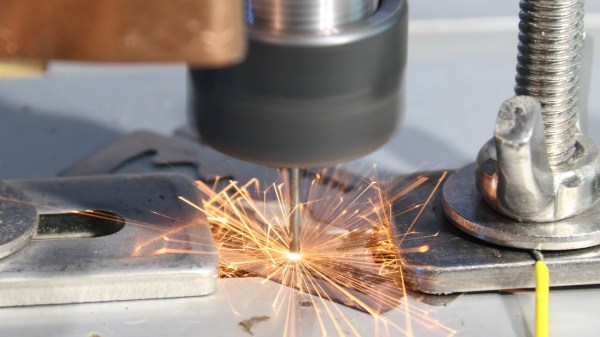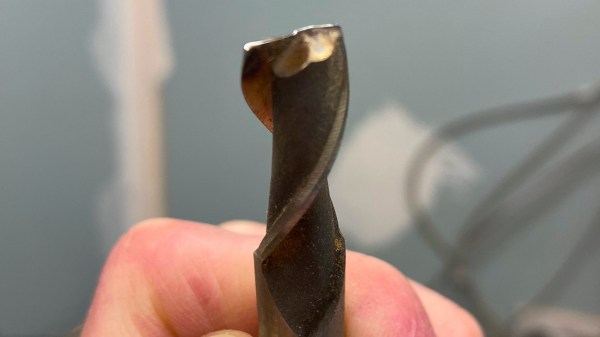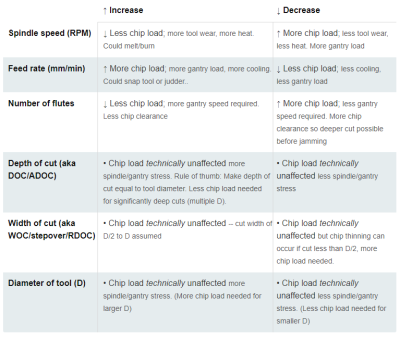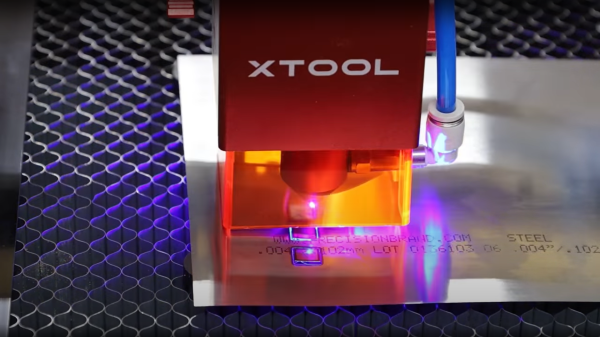Tubes! Not only is the internet a series of them, many projects in the physical world are, too. If you’re building anything from a bicycle to a race cart to and aeroplane, you might find yourself notching and welding metal tubes together. That notching part can be a real time-suck. [Jornt] from HOMEMADE MADNESS (it’s so mad you have to shout the channel name, apparently) thought so when he came up with this 3-axis CNC tube notcher.
If you haven’t worked with chrome-molly or other metal tubing, you may be forgiven for wondering what the big deal is, but it’s pretty simple: to get a solid weld, you need the tubes to meet. Round tubes don’t really want to do that, as a general rule. Imagine the simple case of a T-junction: the base of the T will only meet the crosspiece in a couple of discreet points. To get a solid joint, you have to cut the profile of the crosspiece from the end of the base. Easy enough for a single T, but for all the joins in all the angles of a space-frame? Yeah, some technological assistance would not go amiss.
Which is where [Jornt]’s project comes in. A cheap plasma cutter sits on one axis, to cut the tubes as they move under it. The second axis spins the tube, which is firmly gripped by urethane casters with a neat cam arrangement. The third axis slides the tube back and forth, allowing arbitarily long frame members to be cut, despite the very compact build of the actual machine. It also allows multiple frame members to be cut from a single long length of tubing, reducing setup time and speeding up the overall workflow. Continue reading “Standalone CNC Tube Cutter/Notcher Does It With Plasma”

















